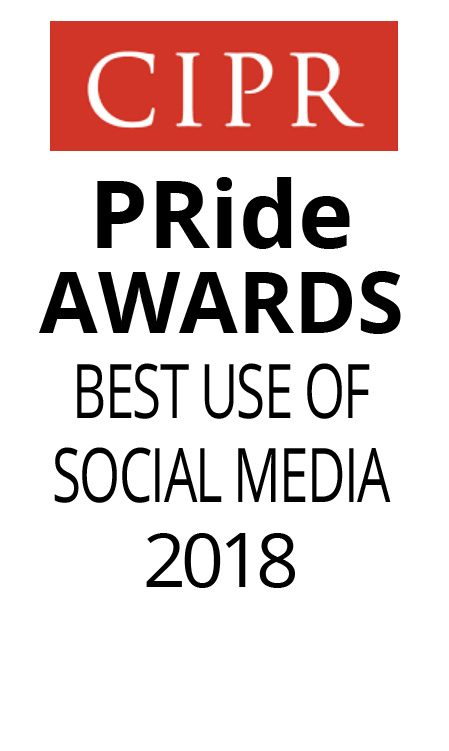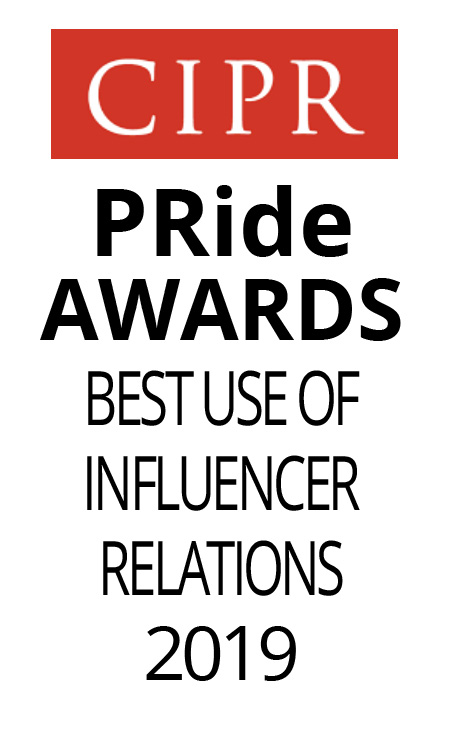Every time I visit or work with a school I am always struck by the dedication and determination of the staff.
They are always, always trying to help their children learn and thrive. They are not ‘just doing a job’.
This is why communication is so important, because people – parents, the media, government – need to know about the good work going on in your school, college or university.
Another factor which always strikes me in schools, and even more so in universities, is the sense of collaboration and willingness to share best practice.
If all you want is for your pupils or students to learn and thrive, of course you will gladly share any tips and ideas you have learnt which help this happen.
Again this underpins the importance of good communication, telling people about your best practice, your successful interventions. Which is why it was disappointing to see this headline in Schools Week:
“DfE doesn’t know which interventions are ‘value for money’, education secretary says” We need to encourage any attempt to identify and share good working practices. Being honest about looking for evidence is to be applauded not criticised. The example Justin Greening cites of the Parent Engagement Project is a good one.
This was a huge project conducted by Bristol and Harvard Universities among almost 16,000 pupils in 36 schools. It showed that by sending a weekly text to parents about homework, pupils made an additional month’s progress in maths, compared with a similar group whose parents did not get the texts. Child absence rates were also reduced, which given that the link between absence and attainment is proven, is another huge boost from the intervention.
We can’t all work on this grand scale, but for our individual schools, college and universities we can communicate the daily efforts we make to improve teaching and learning.
Here are our top tips for improving communication and sharing best practice among your stakeholders
- Ensure you have a regular communication channel to the outside world
Consistency beats intensity every time. Give regular, well planned feedback to your key stakeholders. A simple blog or newsletter is always better than nothing.
- Develop a regular column or forum for explaining how your schools works such as a ‘Did you know?’ feature.
Here you can describe any internal processes you have for improving or exploring ways to improve teaching and learning. Parents are endlessly fascinated about what goes on in the staff room or behind the scenes. For example, what is your system for checking school marking and feedback to children on a school-wide basis? It may be ‘old hat’ to you but to a parent it’s a new and reassuring activity.
- Use the power of third party endorsement
Invite a ‘third party’ to comment or review an activity you’re especially pleased with and describe their feedback in your external communication. It could come from a conversation with your Chair of Governors or a meeting you had with the head of another school, but having external endorsement is always reassuring and interesting to parents.
- Make the mundane magical
Describe how you and your governing body go about checking and challenging the school over certain tasks, such as reviewing standards or pupil progress. Again this may be a routine activity to you but describing it and quantifying it helps other people see the work and care which goes on behind the scenes.
The core message is to keep communicating, because if you don’t tell people about the efforts you go to every day, how will they know?
And if you have discovered an intervention which has really benefitted your pupils or students, the world needs to know about it!









